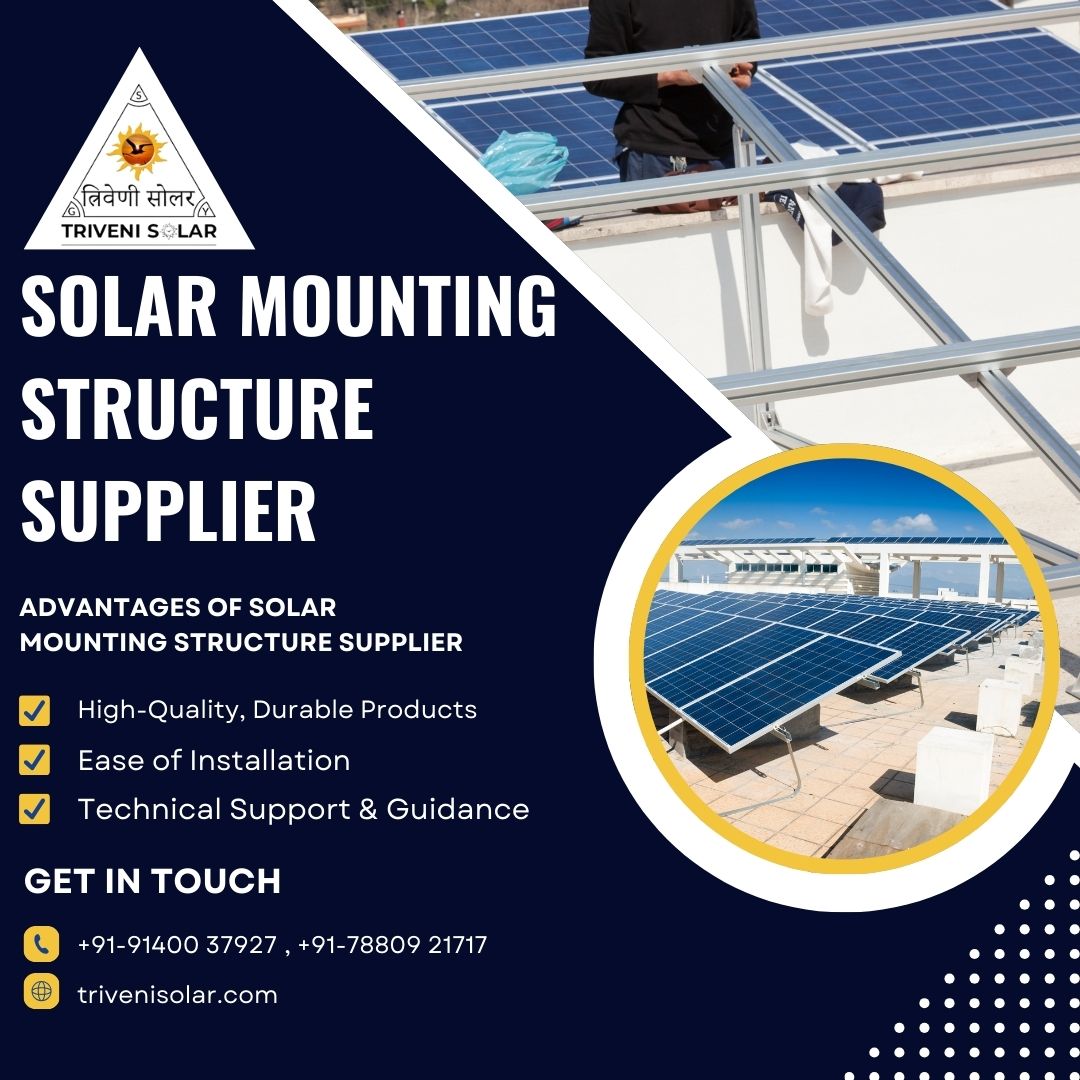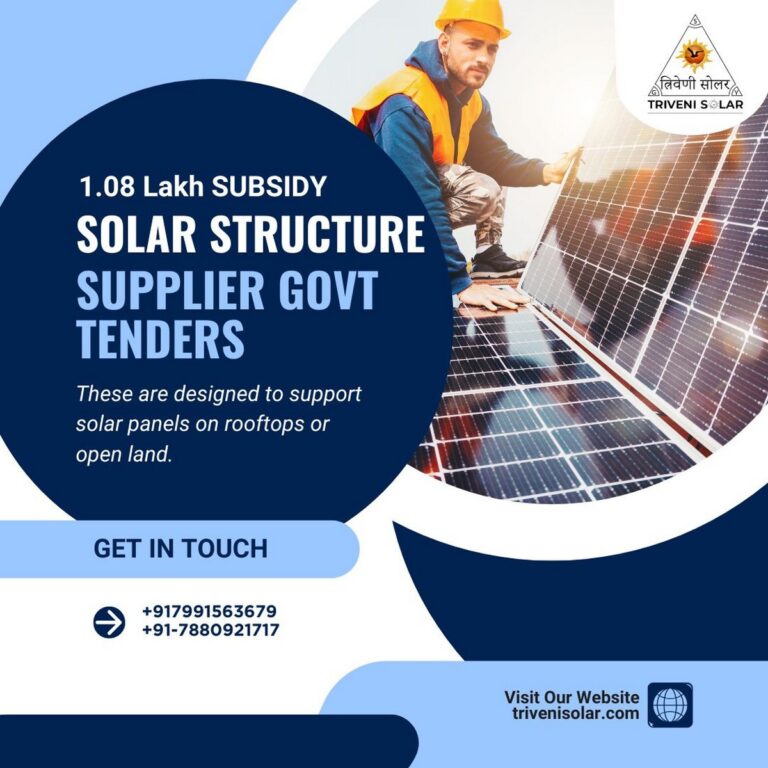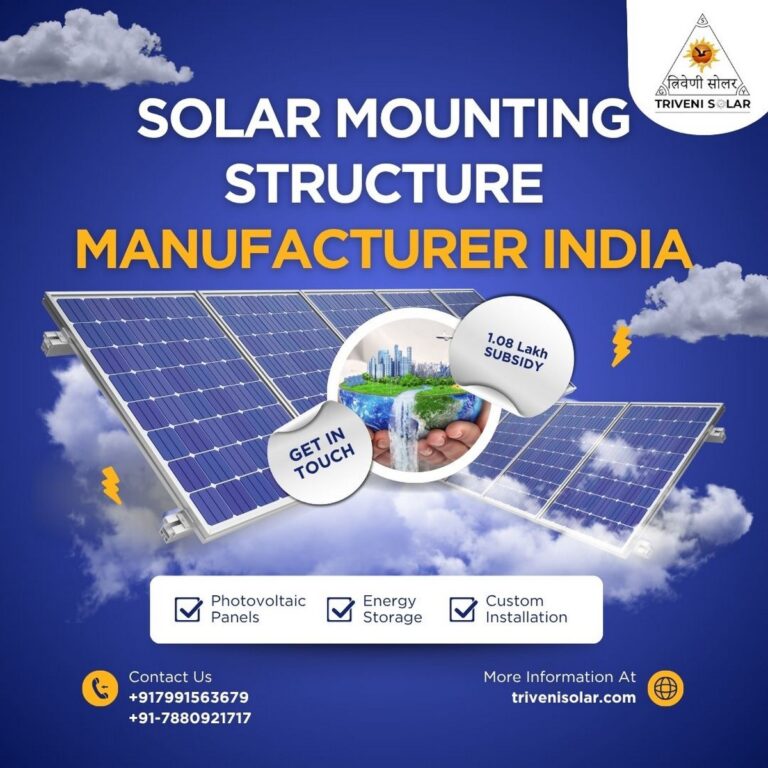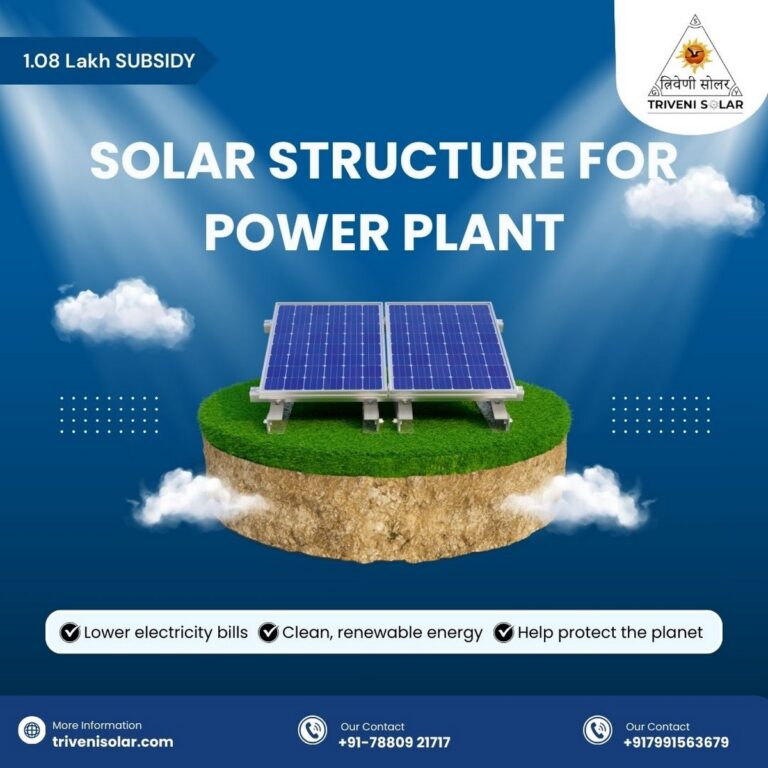If you’re shortlisting a solar mounting structure supplier right now, you’re making a decision that will determine your plant’s generation, safety, and lifetime cost. In India, wind speeds, monsoon cycles, corrosive coastal air, varying roof types, and remote ground conditions all place serious demands on how your modules are mounted. This guide distills what matters—from materials and coatings to standards and loads, pricing factors, and a ready-to-use RFQ checklist—so you can compare suppliers with confidence.
Who’s Leading & What Buyers Should Check with the Solar Mounting Structure Supplier
Independent coverage frequently cites Indian brands with meaningful shipment shares and emerging players. That’s useful, but leadership lists won’t tell you if a supplier is right for your site. What will?
Your first-pass filter (use this in your initial vendor calls):
- Standards familiarity: Can they discuss IS 875 (Part 3) wind loads and IS 800 (steel design) in plain language?
- Material specificity: Are they fluent in IS 2062 grades (E250/E350) for steel and appropriate aluminum alloys?
- Coating clarity: Can they specify typical HDG GSM/micron options and lab tests (e.g., coating thickness, adhesion)?
- Load paths & fixings: For sheet roofs, do they specify the right clamps/fasteners for your profile (standing seam vs. trapezoid)?
- Documentation: Will they share drawings, PE sign-offs (where applicable), test certificates, and a QA plan?
- Lead times & logistics: Realistic dates for shop drawings, fabrication, galvanizing, dispatch, and on-site support.
Types of Solar Mounting Structure Supplier
Rooftop MMS
- RCC flat roofs: Pedestal/flush or ballast-type systems, with tilt frames optimized for latitude and shading.
- Sheet roofs: Systems differ for standing seam, trapezoid, or corrugated profiles. The right clamp adapters, L-feet, and rails keep penetrations minimal or eliminated (e.g., standing seam clamps).
- When to choose: C&I buildings, institutions, warehouses—when rooftop area is available.
Ground-Mount MMS
- Driven piles or concrete foundations depending on geotechnical results.
- Fixed-tilt (most common) or single-axis trackers when the IRR supports higher energy yield.
- When to choose: Utility-scale or space-rich C&I sites.
Carport MMS
- Dual purpose: Shading + generation; aesthetics and drainage become important.
- When to choose: Campuses, malls, large parking lots.
Trackers (1P / 2P)
- Single-axis trackers boost yield by following the sun; they are used when the LCOE benefit outweighs capex and O&M complexity.
- 1P vs 2P: 1P offers lower module rows per torque tube; 2P can reduce foundations but may increase wind design complexity.
Solar Mounting Structure Supplier Materials, Coatings & Standards
Steel vs Aluminum
- Steel (IS 2062 E250/E350): Strong, cost-effective, and ideal for ground mounts and many rooftops. Requires reliable galvanization for corrosion resistance.
- Aluminum (6000-series rails, extrusions): Lightweight, corrosion resistant, common on rooftops; may command a higher price but can speed installation.
Galvanization 101 (GSM vs microns)
- GSM (grams per square meter) and thickness (µm) both describe zinc coating. Higher values generally mean better corrosion resistance, especially in coastal or industrial atmospheres. Your vendor should state the target GSM/µm, process (e.g., hot-dip galvanizing, HDG), and supply test reports (thickness, adhesion).
Loads & Codes (context, not legal advice)
- IS 875 (Part 3) guides wind loads in India;
- IS 800 covers general construction in steel.
Your engineer/supplier should demonstrate how these inform member sizing, bracing, anchor selection, and fasteners. If you’re on a sheet roof, also confirm pull-out tests for your sheet/substrate.
Solar Mounting Structure Supplier Pricing Explained: What Actually Drives Cost
Instead of quoting a single “per kW” number, break pricing into drivers:
- Structure type: rooftop RCC vs sheet roof clamps vs ground-mount piles vs carport vs tracker.
- Material & coating: steel tonnage (kg/kW or t/MW), aluminum rail length, HDG GSM/µm.
- Design loads: higher design winds or snow → heavier sections, stronger fixings.
- Foundations: geotechnical conditions (for ground-mount).
- Roof interface: standing seam (non-penetrating clamps) vs. trapezoid (penetrating with butyl/EPDM) vs. ballast.
- Logistics: distance, packaging, crane/lifting needs.
- Installation efficiency: pre-assembled kits, fewer SKUs, clear drawings → lower labor.
- Volume & lead time: larger, planned volumes reduce per-unit costs.
Indicative ranges (India; for scoping only, NOT a quote):
- Rooftop aluminum rail kits (C&I): often priced by rail length + clamps/feet; effective MMS contribution can sit roughly in the ₹4–10/Wp band depending on tilt, rail thickness, and clamps.
- Ground-mount fixed-tilt steel: look at tonnes/MW (e.g., ~35–70 t/MW+) as a sanity check; steel price and HDG thickness will swing totals significantly.
- Carport/trackers: custom-engineered; expect premiums for aesthetics (carport) or moving parts (trackers).
(Your precise numbers will vary; ask vendors to break quotations by material tonnage/rail length, coating spec, and hardware so you can compare apples to apples.)
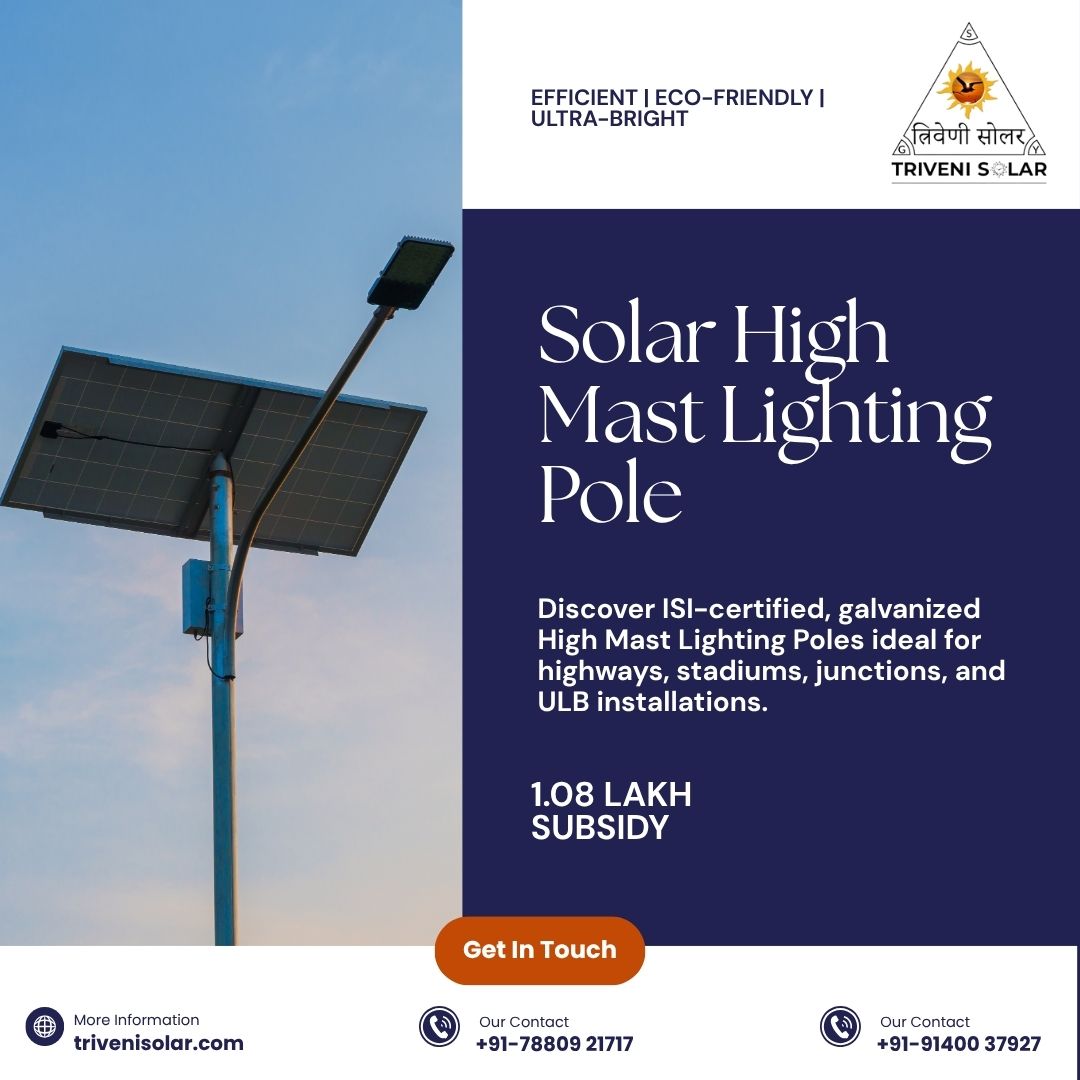
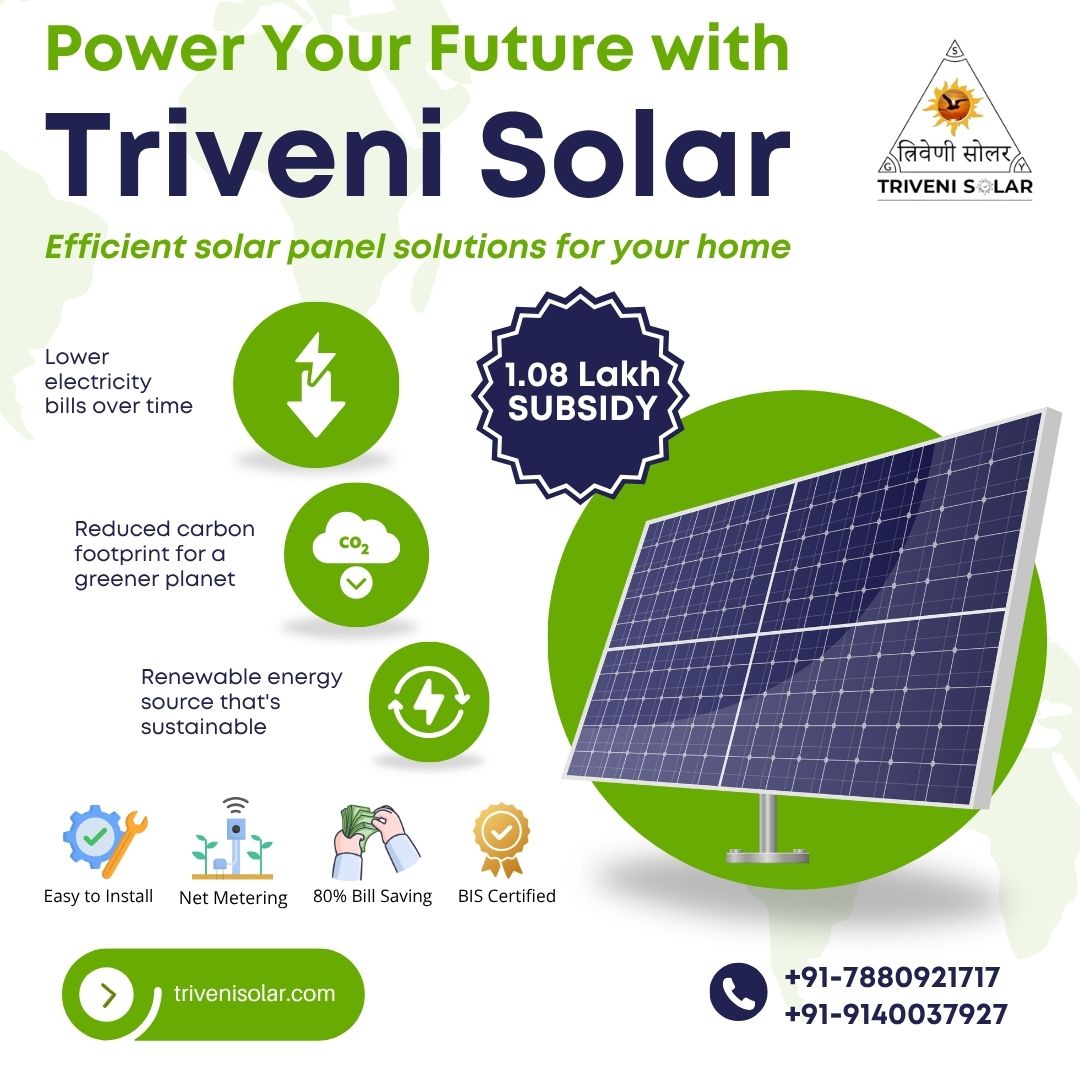
Solar Mounting Structure Supplier Selection Checklist
Paste this into your email to vendors:
- Project: [Name, location, altitude, terrain, coastal/industrial proximity]
- System type & size: [Rooftop RCC / sheet roof profile / ground-mount / carport / tracker] [kW/MW]
- Modules: [make/model, dimensions, framed/unframed]
- Design loads: [basic wind speed as per IS 875, exposure, seismic if applicable]
- Tilt & layout: [target tilt, row spacing, module orientation (P/L), 1P/2P if tracker]
- Materials: [IS 2062 E250/E350 steel/aluminum rail spec]
- Coating: [HDG target GSM/µm]; state test certificates to be provided
- Fasteners: [grade, coating]
- Interface: [standing seam/trapezoid/corrugated/RCC/ground foundation type]
- Drawings & calcs: [GA + member sizing summary + connection details]
- QA/QC & docs: [WPS/PQR where applicable, coating test reports, inspection plan]
- Warranty & spares: [years, inclusions, availability]
- Packaging & logistics: [palletization, labeling, delivery schedule]
- On-site support: [supervision availability, training]
- Commercials: [itemized BOQ with unit rates, fabrication/galvanization lead time, payment terms]
Solar Mounting Structure Supplier Quality Assurance & Documentation You Should Receive
- Design package: GA drawings, member schedules, connection details, bill of materials.
- Calculations: wind load basis (IS 875), structural design notes (IS 800).
- Material certs: Mill test certificates for steel/aluminum.
- Coating reports: HDG thickness checks (average & min), adhesion test results.
- Inspection plan: Incoming, in-process, and final QA.
- Installation manuals: With torque specs and sequence.
- Handover file: As-built drawings, warranties, spares list.
Timelines, Logistics & Installation Readiness
A realistic MMS timeline for C&I/utility tends to look like this (indicative):
- T0: RFQ released with drawings inputs; T0 + 1–2 weeks: shop drawings & tech freeze;
- T0 + 2–5 weeks: fabrication & galvanization;
- T0 + 4–7 weeks: dispatch in lots aligned to installation sequence.
Ask suppliers to sequence deliveries (rails/clamps first; posts later) to debottleneck installers.
Why Triveni Solar?
At Triveni Solar, our approach to MMS supply is straightforward: engineer for Indian conditions, document everything, and make installation faster. That means:
- Designs aligned to Indian codes (IS wind/steel context) and your site’s realities.
- Material & coating transparency: we state steel grades, aluminum profiles, and target HDG thickness/GSM; we attach test reports.
- Installer-friendly kits: pre-sorted hardware, labeled rails, and clear manuals to reduce on-site time.
- Project cadence: shop drawings early, fabrication/galvanization tracked, dispatch sequenced for your erection plan.
- Support: remote/onsite supervision options and quick-response documentation.
FAQs
Q1. Which is better for rooftops—aluminum rails or steel?
Aluminum rails are lighter and corrosion-resistant—great for rooftops—while steel typically wins on cost and stiffness for ground mounts. Your roof type, loads, and budget decide.
Q2. What coating thickness should I ask for?
Match to environment (coastal/industrial needs more). Ask vendors to state GSM/µm and supply thickness test reports with delivery.
Q3. How do I compare quotes fairly?
Insist on itemized BOQs (rails by meters, clamps by quantity, posts by size), steel tonnage/rail length, coating specs, and lead times—then compare.
Q4. Can I use trackers for C&I rooftops?
Usually no; trackers suit ground-mount with adequate spacing and a clear LCOE benefit.
Q5. What wind standard applies in India?
Vendors should design using IS 875 (Part 3) for wind and IS 800 for steel design context; verify the basis in the calcs package.
Conclusion
Choosing an MMS supplier is a technical and commercial decision. Use the RFQ checklist, demand transparent specs, and align design to Indian loads and codes. When you’re ready, Triveni Solar can help you translate drawings into a clean, comparable BOQ and a schedule you can trust—so your structure performs for decades.

